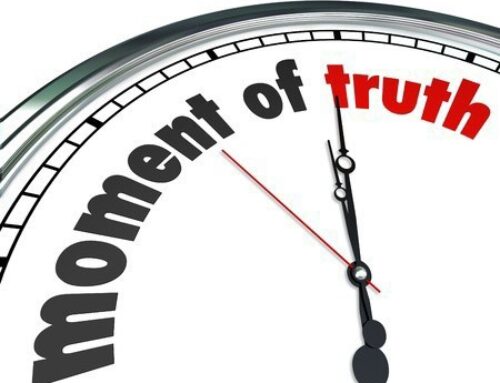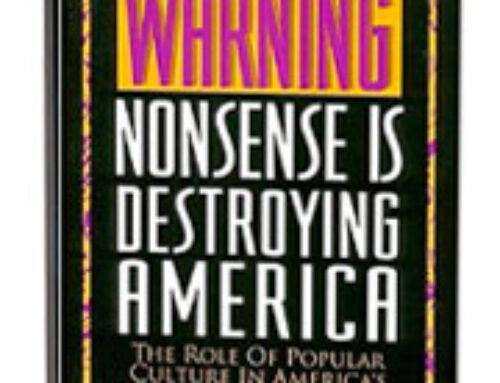
The underlying principle is the same in both cases: material reality is interconnected, so one thing or event can lead to another, even far across time and space. Such causation also occurs in human affairs, with one significant difference—because choice is involved, the outcomes are not certain.
Anyone wondering why America has shown signs of decline in recent decades might consider this particular sequence of events (among others):
The 1960s brought a change in values. Writers and other shapers of culture argued that self-esteem and the pursuit of personal pleasure are more important than the traditional values of emotional restraint and service to others.
Influenced by the new values, millions of Americans ignored the social and religious prohibitions of fornication and adultery and joined the “sexual revolution.” More and more people rejected the traditional ideas that sex was to be confined to marriage and that same-gender sex was abnormal and/or sinful.
Advances in birth control and the legalization of abortion diminished fear of unwanted pregnancy and encouraged a freer approach to sexual expression.
These advances led more and more couples to “plan” their families and limit the number of their children.
Passion can overwhelm reason, of course, so many young couples had unprotected sex. This behavior caused an increase in teen pregnancy and out of wedlock births. Meanwhile, the belief that the father of a child should “do the right thing” and marry the mother had been discarded along with other traditional views. Thus, many men chose to ignore their parental responsibilities, and the number of single-parent families increased.
Because teenage mothers lacked education and skills and few could depend on the support of their children’s fathers, they often lived in poverty and required outside, usually government, support.
Raised in poverty and often in undesirable neighborhoods, the children of teenage mothers had little chance of success in life and many became addicted to drugs or committed crimes and went to prison.
The decline in the birthrate of stable two-parent families resulted in a decline in the number of educated, well-adjusted, independent young adults. Meanwhile, the increase of unstable one-parent families resulted in more uneducated, poorly adjusted, unemployable young adults dependent on government entitlements.
In addition, the birthrate decline in stable families diminished the number of taxpayers. The more than 56 million abortions since Roe v. Wade diminished that number even more dramatically, even as the number of people dependent on government increased.
As the number of taxpayers has declined, the number of retired people has begun to increase dramatically due to the aging of the “Baby-Boomers” generation.
The resulting financial strain on entitlement programs, in particular Social Security and Medicare, is approaching the tipping point of fiscal disaster. To avert this disaster, politicians are cutting the military budget. The result of these cuts could severely diminish America’s ability to resist aggression.
Thus, the flapping of the “wings” (or more accurately, the gums) of 1960s cultural leaders set in motion the social equivalent of the Butterfly Effect. To be sure, the events I have described were not necessary consequences. The millions of people who chose their behavior over the decades could have chosen differently. To be precise then, the cultural leaders did not make the changes happen—they merely invited and encouraged them. But that is a distinction without much of a difference, and it does not alter the consequences.
Half a century ago America’s values changed dramatically. We Americans have largely embraced those changes, and in doing so are responsible for the continuing decline of America. We are surely a long way from the final chapter of this story and the possibility of our returning to the values we unthinkingly discarded is very real. Such a return could change the outcome, and in that fact there is hope.
Copyright © 2014 by Vincent Ryan Ruggiero. All rights reserved

